The homemade gun that killed former Japanese Prime Minister Shinzo Abe

Upon searching the house of Abe’s 41 years old assassin, named Tetsuya Yamagami, the police found a small arsenal of homemade handguns and makeshift ammunition.
Former Prime Minister of Japan Shinzo Abe was shot on Friday, July 8, in the city of Nara during a campaign speech for upcoming parliamentary elections. He later died at the hospital.
Abe’s assassin Tetsuya Yamagami was arrested on the spot for shooting the 67-year-old, longest-serving, former prime minister of Japan. Yamagami stated that he was unhappy with Abe’s policies and used a homemade weapon to kill him.
Dramatic footage by Japanese media showed Abe giving a speech in Nara when the gunshot was heard. A lot of smoke can be seen in the frame, which indicates that the explosive material used in the gun was not regular or industrial ammunition, but instead homemade gun powder. Abe collapsed on the street after being shot, with several security guards rushing toward him. He was seen holding his chest with his shirt stained with blood.
The suspect was identified by the police as Tetsuya Yamagami from Nara city, where the shooting took place. Japanese defense sources say the suspect worked for the Maritime Self Defense Force for three years until around 2005, which is why he had the familiarity of using the crude weapon with precision to carry out the assassination.
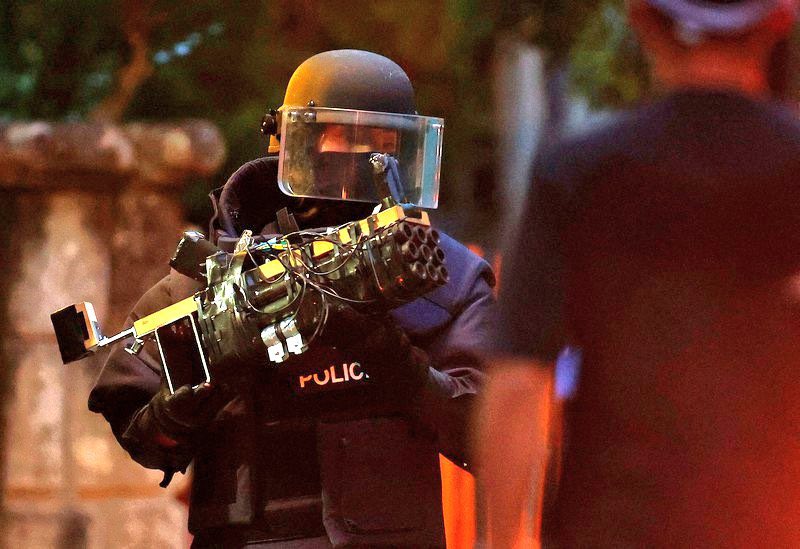 Japanese police have seized a number of improvised firearms from the home of Tetsuya Yamagami, including 5 and 9-barreled shotguns, which can be fired electrically. (Image Credit: Twitter)
Japanese police have seized a number of improvised firearms from the home of Tetsuya Yamagami, including 5 and 9-barreled shotguns, which can be fired electrically. (Image Credit: Twitter)
Gun Control Laws in Japan
The assassination of Shinzo Abe shocked Japan, a country that has strict gun control laws with one of the world’s lowest gun crime rates. The last known public shooting of a politician in Japan was in 2007 when the Mayor of Nagasaki Iccho Ito was shot in the back at a point-blank range and later died due to cardiac arrest.
In 2018, only nine firearms-related deaths were reported in Japan, a country of 125 million people. In the same year, 39,740 gun-related deaths were reported in the United States.
According to the Japanese gun control law, the only guns allowed to be sold to civilians are shotguns and air rifles. Handguns, caliber rifles, and semi-automatic guns are completely prohibited to be sold to the general public. The process of attaining permission to own guns is also extremely complicated.
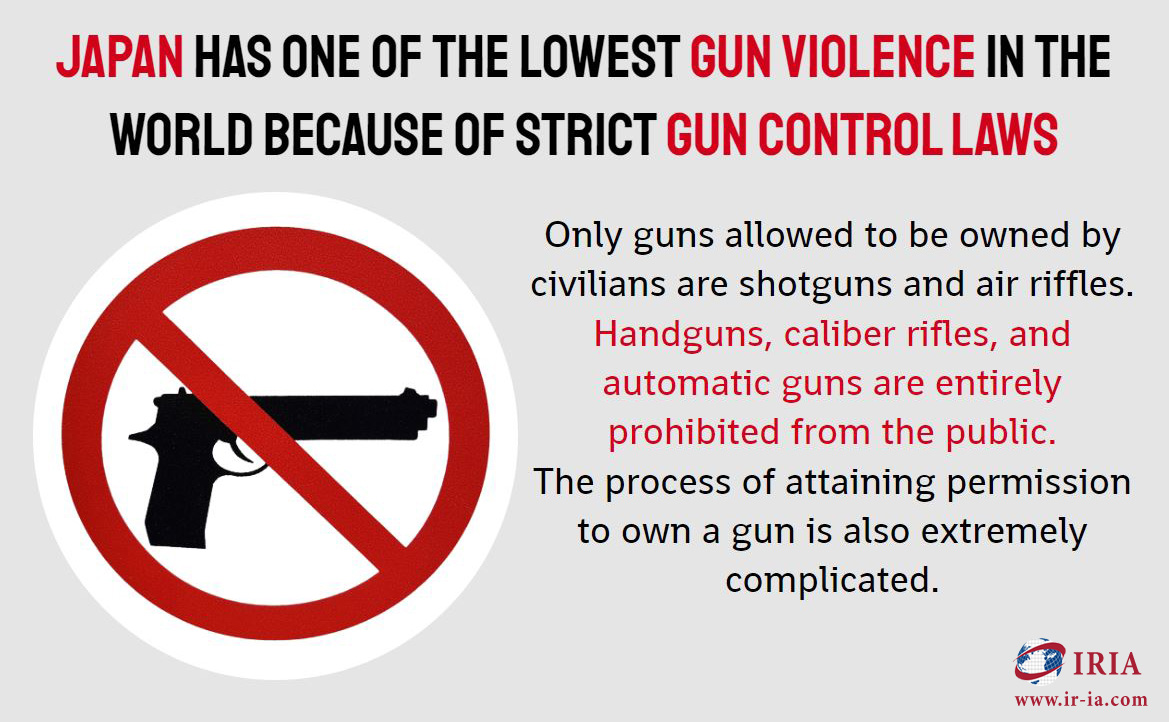
Buying a gun in Japan is a long and tedious process. Anyone who wants to bear a firearm has to go through hours-long classes and pass a written test as well as a shooting test with an accuracy of 95%. The applicant must also undergo extensive mental health evaluation, drug test, and detailed background checks including personal debt record, criminal record, involvement in organized crime, and relationship assessment from friends and family.
Retaining the gun license and right to bear arms are also very complicated. After obtaining the license and buying a gun, the gun owner must register the weapon with law enforcement agencies and provide the details of the gun and ammunition down to each nut, bolt, and screw.
The gun owner must keep the gun in a dedicated locked compartment all the time. The gun must pass the police inspection every year and the gun owner’s license renew after every three years. The license renewal requires the same classes, a written exam, and a shooting accuracy test. Unlawful possession of guns in Japan can result in 15 years of prison while shooting a gun in a public place can result in lifetime imprisonment.

Due to these strict gun control laws, Japan has one of the lowest rates of guns per-capita among any of the developed countries in the world. The homicide rates in Japan are also very low. According to the Gun Policy data, only about 5 million people among the 125 million population in Japan face gun violence in their lifetime.
In 2019, there were only 310,400 guns held by the Japanese civilian population, which accounts for 0.25 guns per 100 people. While in the U.S. the rate is 120 guns per 100 people.
Yamagami’s Gun
The homemade gun used in the assassination of Shinzo Abe is also called a zip gun or pipe gun. This is not the first time that a makeshift gun has been used to carry out an assassination. Such guns can easily be constructed by using some basic machine-shop skills.
During World War II several resistance groups created their own shotguns and rifles using metal pipe and industrial explosives. Although it is quite rare to find such weapons in the U.S. because of the easier access to guns, the practice of making zip guns or pipe guns is particularly typical among the resistance groups in the Philippines, where it is called ‘Paltik’. Many Latin American criminal gangs also use the slightly complicated but advanced version of such industrial ammunition guns, usually called ‘Thumber’ guns. With modern machinery, 3D printing technology, and easier access to parts online, it has become much easier to build a functional gun at home.
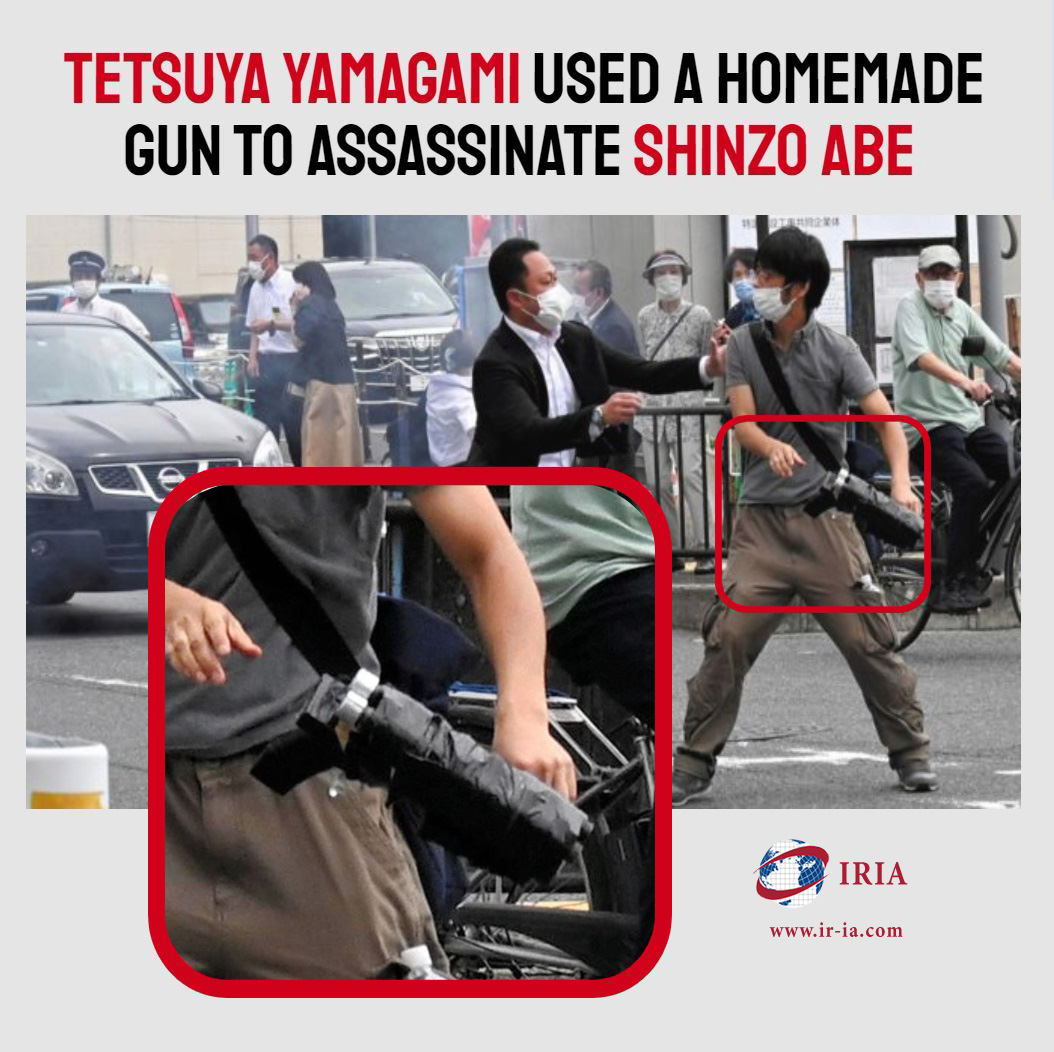
Homemade guns are usually made with polymer parts created by using 3D printing technology, while industrial explosives are used to ignite the small projectile such as metal pieces or ball bearings are used to act as a bullet.
The gun used in the assassination of Shinzo Abe seems to be an older and conventional form of a homemade shotgun. Considering the strict Japanese firearms laws, it is really hard to get hands on industrial ammunition, which is why homemade gunpowder was used for ignition, which also resulted in the heavy smoke that can be seen in the circulating video.
The Japanese law enforcement agencies are yet to disclose the details of the gun, but based on the images released by several local media outlets, it can be seen that the gun was made using simple household materials. The gun was made using the materials freely available in the market. Two grooves-less tubes were used to act as barrels, while a wood framing was used to provide the base of the body. Wood and barrels were attached to each other using duct tape and a set of batteries with a simple electrical circuit that was used to act as a trigger to ignite the homemade black powder. Although it does not seem by the looks of the gun that any 3D printed parts were used in the body of the gun, however, experts believe that some nuts, bolts, sight, and trigger might be 3D printed.
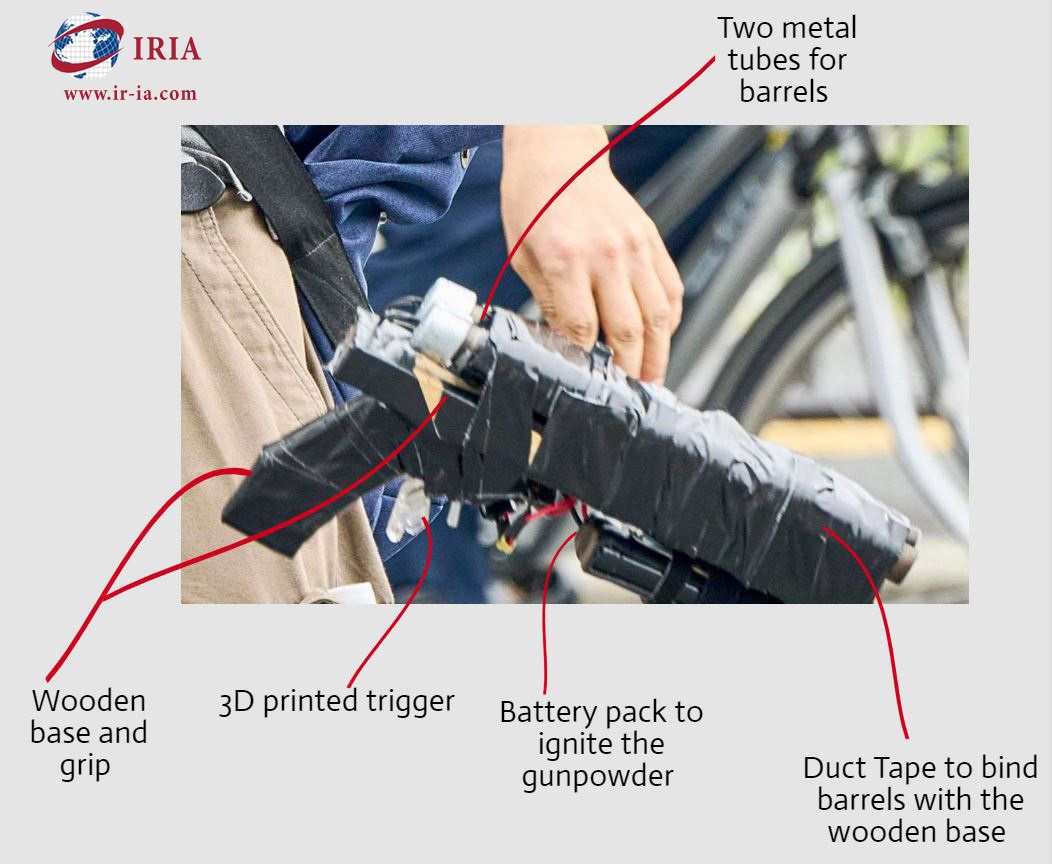
One of the obvious flaws of the homemade gun is the limited firing range, however homemade firearms weapons are often used in places of higher restrictions and surveillance, such as prisons, and can cause lethal damage in close proximity.
ALSO READ:
Regions
Issues

















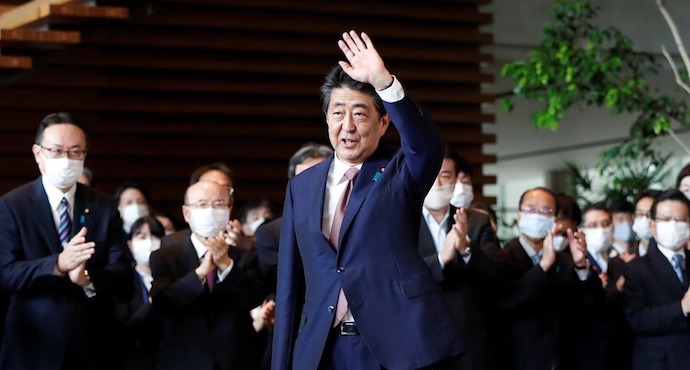 Japan’s former prime minister Abe shot dead at campaign speech
Japan’s former prime minister Abe shot dead at campaign speech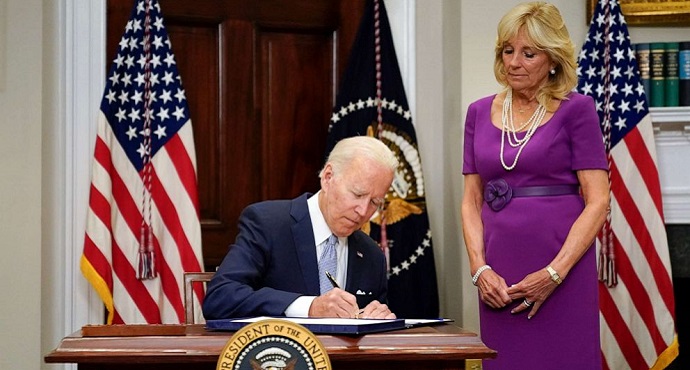 US President Biden signs first gun control law in three decades
US President Biden signs first gun control law in three decades







